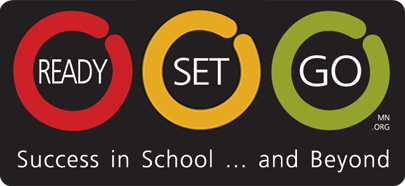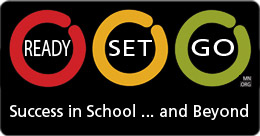Career/Technical Education (CTE)
Choose your language: Hmoob Español Soomaali
What is career and technical education (CTE)?
Career and technical education gives you the chance to gain a deeper understanding of academic concepts. You can also learn technical skills. Classes are offered in nearly every Minnesota high school. The programs are aligned with related programs at Minnesota’s public community and technical colleges. This allows you to easily continue your studies in college to earn a degree, diploma, or certification. You can study fields ranging from agriculture and art, to health and human services, to engineering and business.
What are the benefits of CTE?
CTE classes help you connect what you’re learning to the real world. It can help you gain key skills to help you get a job after you graduate. It's also a great way to explore career options and meet the people who work in them. You might be able to earn college credit in high school. That can save you time and money later on.
Research also shows that students in career and technical education programs are more likely to graduate from high school than those who don’t.
Who can take CTE classes?
You can take CTE classes in grades nine through 12. You can also participate if you’re in an occupational program at a public community or technical college.
How do I take CTE classes?
Talk with your high school counselor or college enrollment advisor to learn about your options.
How do I earn college credit?
Many high schools have agreements with the local community or technical college. This allows you to earn college credit at that college or at another college in the state system that offers a similar program.
CTE classes at your high school may also be offered through concurrent enrollment or the Postsecondary Enrollment Options (PSEO) program. Information about which Articulated College Credit courses are available at your high school can be found on the CTECreditMN website.
How many Minnesota students take CTE classes?
In 2011, more than 100,000 students were involved in CTE at their high school for more than 100 hours each.
How much does it cost?
Classes are free if you are in high school. You may have to pay fees for equipment or tools needed for a class. If you’re already at a public community or technical college, you must pay tuition and fees.
Where can I find more information about CTE?
Visit the Minnesota State Colleges and Universities website or talk with your school counselor.



